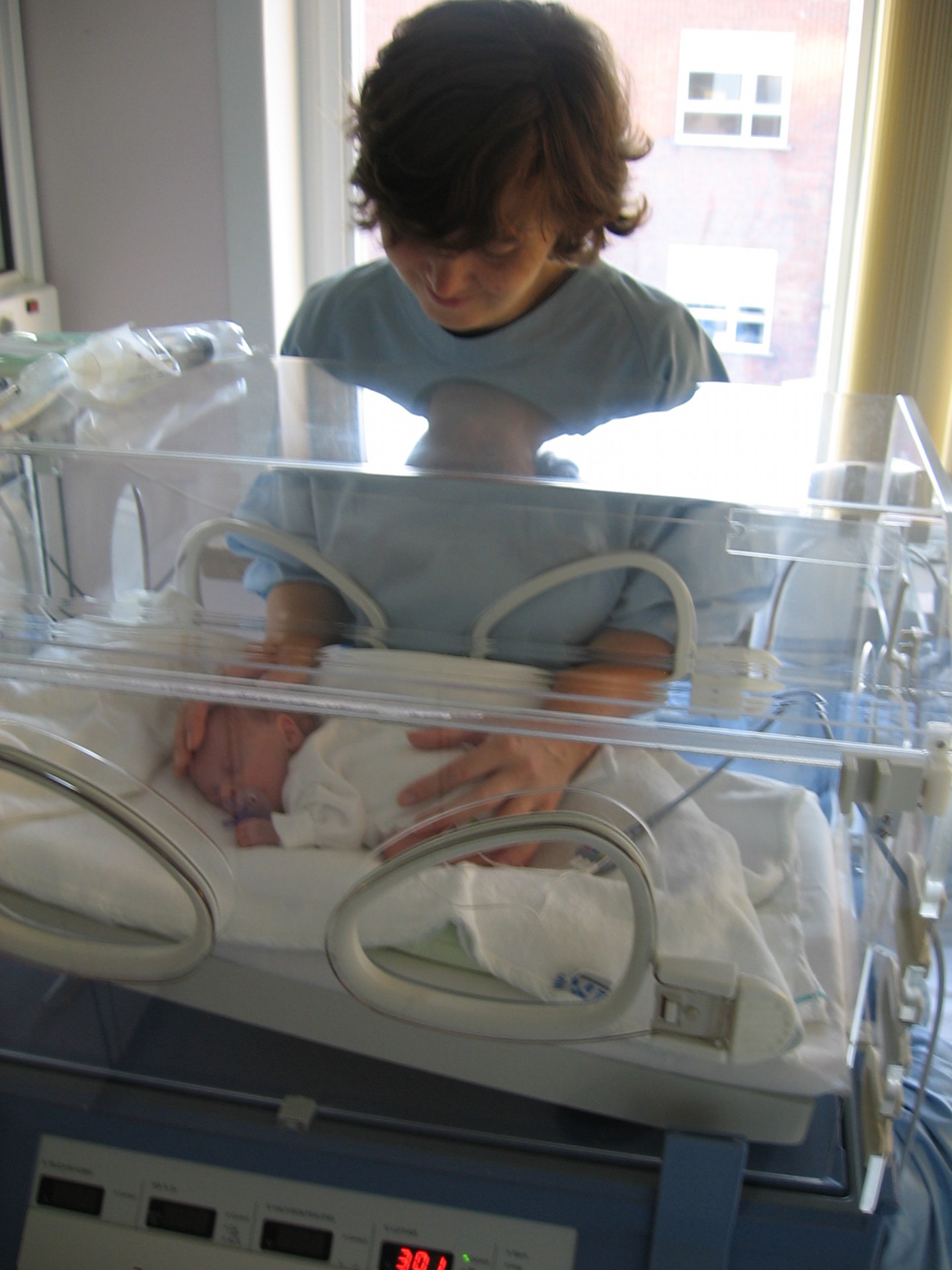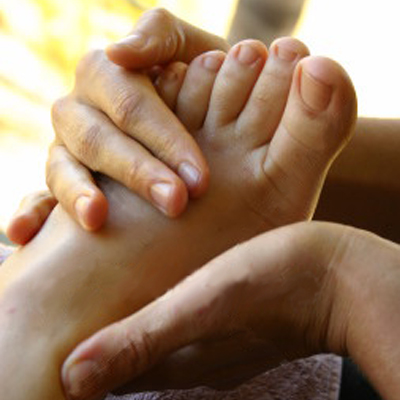What you can do to prevent premature birth
These steps can help reduce your risk of preterm labor. Lauren Fleming was born in February 2004 – three months before her due date in May. Her mother, Nikki Fleming, now 39, a social worker near Charlotte, North Carolina, was with a client when she started having contractions. “As it progressed, I realized that something was going wrong,” Fleming says. Already in “horrible pain,” she found that fluid was leaking. She went straight to her OB-GYN and learned she was 2 centimeters dilated.
Fleming went by ambulance to the hospital, where despite efforts to prolong the pregnancy, she went back into labor and gave birth to a 2-pound, 1-ounce girl. At 26 weeks, “it was a lot earlier than we expected but nonetheless, she came [and] she cried,” Fleming says. “I was not expecting any noise out of her – that was a great thing.” Lauren spent her first five months in the neonatal intensive care unit. She went home with asthma, which is very common in preemies, but otherwise continued to grow and thrive. Later, a second pregnancy for Fleming resulted in a miscarriage. Now the question was: What would happen if she got pregnant again? What Causes Preterm Birth? Already having had a premature baby is a major risk factor for having a preterm birth. Another is getting pregnant too soon after having a baby. Others include being pregnant with twins or more, or having uterus or cervix problems. Being either overweight or underweight can put you at higher risk, as can high blood pressure, stress, diabetes and some infections. Smoking and substance use also raise your risk. Some of these can’t be changed – but you can reduce or eliminate others. The March of Dimes, a foundation that funds research and programs to end premature birth, birth defects and infant mortality, provides a list of healthy behaviors, including ways to prevent infection and talking to your provider about how long to wait between pregnancies. Why Preterm Prevention Matters Last week, the March of Dimes announced some great health news: Premature birth rates in the United States have dropped from a peak of 12.6 in 2006 to 11.4 percent in 2013 – a 17-year low. Siobhan Dolan, an attending physician in reproductive genetics at the Montefiore Medical Center in New York City and a medical advisor to the March of Dimes, says the new finding is “a lot to celebrate.” But, she adds, “We want to continue to see the preterm birth rate fall, because bringing [that] down is going to save lives.” A preterm birth is one that occurs before 37 weeks of pregnancy. Even one or two fewer weeks in the womb can make a big difference in a baby’s development. Up to 39 weeks, the brain, lungs and liver are still growing and developing, along with ears and eyes, and the baby is still learning to suck and swallow, according to the March of Dimes. Elective early deliveries – medically unnecessary deliveries – before 39 weeks don’t make health sense, the organization says in its Healthy Babies Are Worth the Wait campaign. What You Can Do If you’re already pregnant – or planning to get pregnant – you can your boost your chances of having a full-term pregnancy and healthy baby by taking these steps:
If You Are at Higher Risk While a woman who’s had a previous preterm birth is at higher risk for having another early-term baby, those same preventive steps may still help her reach full term. But there’s more you can do:
Good Outcomes Fleming was happy to be able to stay physically active throughout her third pregnancy, although she was careful not to overdo it. “I didn’t have any major restrictions, and I was so appreciative of that,” she says. For other women in her situation, she emphasizes “the importance of getting excellent prenatal care [and] following up with their doctors, asking questions and making sure they are empowered with information.” Her pregnancy made it to full term and she delivered a healthy baby. And a few years later, with the same kind of care, Fleming had a third child at full term. Meanwhile, Fleming's oldest child, Lauren – despite a few educational hurdles – is “doing great,” her mother says: “She’s 10 years old, she’s in the fifth grade and [she] is lively and full of energy and life.”
Retrieved from:www.goo.gl/yph1zI
|
|

















